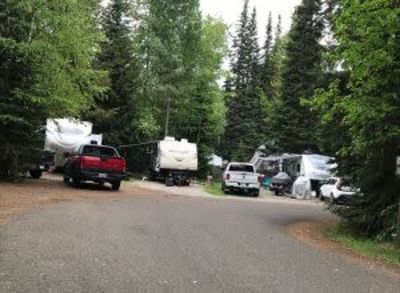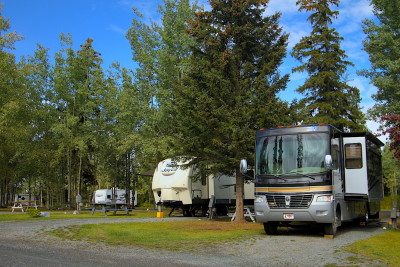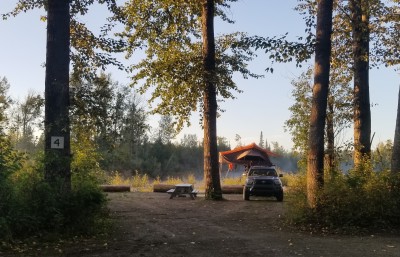Prince George Photo SimonSees.com
Prince George
Prince George is the largest city in Northern British Columbia, located at the junction of Yellowhead Highway 16 and Alaska Highway 97. The city is situated where the Nechako River joins the Fraser River and is surrounded by beautiful lakes and the rolling hills of the Nechako Plateau. The natural beauty and abundance of parks provide great hiking and walking opportunities. Fishing and hunting are also popular in certain seasons. Rivers and lakes in the area allow for canoeing and kayaking, with guided and unguided tours available. In winter, the region becomes a wonderland with numerous outdoor activities such as snowmobiling, snowshoeing, skiing, snowboarding, and much more.
Visitors can also check out many notable cultural centres. The Exploration Place Science Centre & Museum, which contains 70-million-year old fossils, and full-sized dinosaur models. Other exhibits include live critters, first nations artifacts, and many different virtual tours. The Prince George Railway and Forestry Museum is another notable site, containing one of the largest vintage rail collections in BC. The Two Rivers Gallery is a vital centre for visual art in Prince George and the central interior of British Columbia.
The community of Summit Lake is just 52 km (32 mi) to the north, making all of its amenities well within reach.
Location
The north-south Alaska Highway 97 and the east-west Yellowhead Highway 16 intersect at Prince George. The City is also the junction of the north/south and east/west-bound railways. Prince George lays claim to the title of BC’s northern capital. The community of Vanderhoof lies 100 km (62 mi) to the west. To the south east 209 km (130 mi) is McBride which is also close to the BC/Alberta border. North of Prince George lies Hudson’s Hope, Dawson Creek and Fort St. John.
A Step Back in Time
In 1807, Simon Fraser established a fur trading post in the region, and called it Fort George. The Lheidli T’Enneh First Nation traded frequently with Fort George. By 1906, Canadians learned that the Grand Trunk Pacific Railway would pass near the fur trading post, and agricultural settlement began to spring up. A few years later, in 1914, the railway arrived and construction of the railway townsite commenced. The City of Prince George can trace its origins back to that trading post.
The Province of British Columbia incorporated the City of Prince George on March 6th, 1915.
Prince George struggled over the difficult years of the Great War, with a Spanish Flu epidemic in 1918, and the Great Depression. But its economy sprang to life in World War II, when a new army camp of 6,000 soldiers bolstered demand for services. As post-war reconstruction efforts fueled a growing international demand for lumber, Prince George’s forest industry took root. By 1981, it was the second largest city in BC. Despite changes wrought by forest industry consolidation, wood remains the city’s primary economic driver.
Prince George and Nearby Accommodations
British Columbia Lodging and Campgrounds Association Members
List
Map
5 Listings







